Yes, continuing education is a requirement. Latent Print Examiners attend training conferences or schools each year. In addition, they are required to keep updated on new techniques or innovations in Fingerprint Science via correspondence with other examiners throughout the United States and by reading professional journals.
Frequently Asked Questions
Frequently Asked Questions
Mississippi Forensics Laboratory
Latent Prints
When an examiner finishes the training program, do they continue to be trained or further their education?
What is AFIS?
AFIS stands for Automated Fingerprint Identification System. AFIS is a system in which images of known fingerprints are converted into code and stored in a computer database. Utilizing this database of known fingerprints, other images of inked fingerprints and unidentified latent fingerprints are then searched through the system to determine identity. The system converts the prints that are being searched into coded language and finds, for example, the top ten images in the system that most closely resemble the search code for the image being searched. It should be noted that AFIS doesn't identify anyone. A qualified examiner compares the images reported by the AFIS and determines if identity of the searched inked or latent fingerprint can be established.
Footwear and Tire Track Impressions
How do I collect photographs of footwear or tire tread impressions?
Examination quality photographs should be taken directly over the impression using a tripod and lighting. A scale should be in every photograph. The purpose for the scale is that the photographs can be enlarged to natural size.
Can I use some item other than a ruler as a scale for my photograph?
Many items have been used as scale markers in impression photographs. These include coins, pens, dollar bills, etc. These types of scales can create problems when attempting to produce a natural size image. The scale used should correspond in size with the size of the footwear or tire impression. A coin would be a relatively small scale in comparison to an impression from a size 13 shoe. Not all pens are the same size, so the pen used in the photograph may need to be submitted with the photographs for examinations. A thin, rigid, non-metallic ruler provides a much more uniform scale.
What is the best compound for making casts of three dimensional impressions?
Dental stone should be used for casting all impressions. Plaster of paris, modeling plasters and dental plasters are not sufficiently hard, do not resist abrasion when cleaned, and should not be used. Dental stone is available through local dental supply houses or through forensic supply companies.
How can I collect and submit two-dimensional impressions?
If the evidence bearing the original impression can be collected, the entire item should be submitted to the laboratory. For those items which cannot be submitted, the impression should be photographed prior to any attempts to lift the impression. The impression may be lifted using a variety of techniques including electrostatic lifting, gelatin lifting and adhesive lifting.
How should tires be submitted for comparison with impressions from a crime scene?
Ideally, test impressions should be collected from any suspect vehicle with the tires on that vehicle. When this is not possible or practical, the tires should be removed from the vehicle and submitted to the laboratory (mounted on the rim and still inflated).
Can examinations be conducted on a questioned impression to identify a possible source of that impression?
Impressions can be examined to determine if sufficient detail is present to compare with database images of footwear and tire tread designs. This may provide information about the brand and model of a suspect shoe or the brand and size of a suspect tire.
Bureau of Investigation
AFIS Division
How do I contact someone in the AFIS section after hours or on weekends?
Please call 601-933-2651 and request that the on-call person in the AFIS section to be contacted.
What is the procedure for ordering Mississippi Criminal Arrest Cards?
You have several choices for ordering the cards:
- Call the AFIS section during normal business hours at 1-800-594-3997
- Fax your request to 601-933-2676
- Email your request to afis@dps.ms.gov
Your order will be shipped to the Mississippi Highway Patrol (MHP) district substation nearest to your agency, unless you specify another substation that is more convenient. Your agency can pick up the cards at the MHP substation in approximately 10 working days.
